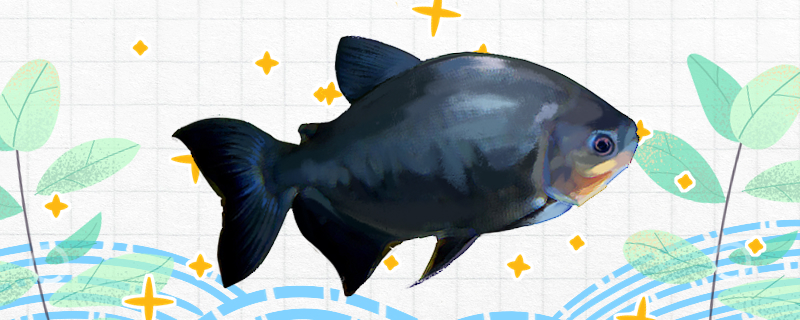
black silver plate fish? Black silver plate fish has relatively high requirements for the surrounding living environment. This is due to the influence of their natural environment. Therefore, when raising them, we should imitate their original ecological environment as much as possible to provide them with a good living environment. Before feeding, it is necessary to expose the water to the sun for a period of time, so as to better remove harmful substances in the water and make them live healthier. Generally speaking, they are not very difficult to raise.
black silver plate fish 1, water temperature: black silver plate fish can accept a wide range of water temperature. They can normally survive in water temperatures between 10 and 42 degrees Celsius. It can be seen that they have a strong ability to adapt to water temperature, but the most suitable water temperature environment for their survival is between 22 and 30 degrees Celsius.
2. Water quality: Suitable water quality is very important. They can tolerate low oxygen content and can survive normally in an environment of 0.48 mg/L. In addition, they need to live in water with a salinity of about 10. If the salinity of the water reaches 15 or 16, they will die.
3. Feeding: For these omnivorous fish, it is possible to feed algae (especially moss), plankton, tubificidae, etc. Chironomus larvae, humus debris and a small amount of fish and shrimp are also good choices.